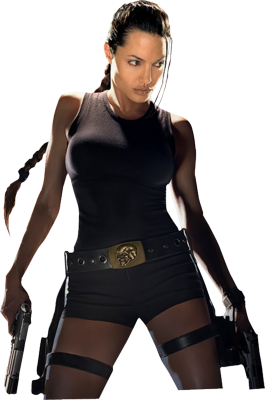John Berger defines the “male gaze” in simplified terms
as “men act and women appear.” (47) And after being objectified by the male the
men then also judge a woman’s beauty and reward the beautiful woman. (Berger,
52) This beauty contest starts early on in our lives. Let’s talk about high
school, about the popular crowd, and the nerds. It is the young boys who judge
the girls, usually the ones who dress up nice, wear makeup, and etc. The idea
to be beautiful and deem them popular. Girls who prefer to focus on
intelligence rather than their appearances are judged as less beautiful, and
so are marked as outcasts, i.e.: the nerds.
But
the “male gaze” is not only how women appear to the men, it is also how they
appear to other women. In the film Sleeping with the Fishes the main character, Alexis, is
returning home to her family for a relative's funeral. Her relationship with
her mother is strained by constant judging and nagging, especially after her
husband passed away. In one scene, the mother tells her daughter that people
respond to other people who appear in a certain light, as confident. But Alexis
gained some weight which made it seem as she has given up the will to live.
Oppositional gaze takes the male gaze a step further and
acknowledges that the gaze also involves racism. Popular media's success
depends on the spectator being able to identify with the work. In movies, the
spectator is expected to identify with the characters in order to enjoy the
film, especially according to Hollywood. But identification according to Anne
Friedberg, depends on recognition (bell hooks, 119). No wonder there is an
oppositional gaze that developed with the black spectator, and specially, the
female black spectator. But I believe a few spectators actively resist the film
to critically look at them.
 |
| Angelina Jolie as Lara Croft |
For example Lara Croft, the main character from the Tomb Raider games and movies is a female archaeologist looking for treasure. Yes, here we have a female strong lead and super smart, and portrayed in movies but let's be honest; she was not created for the benefit of the female spectator. Her physical appearance, big breasts and long legs, and her dress code of short shorts and tight tank tops, is for the male spectator, the “ideal spectator” (Berger, 64). Characters like her, cause the majority the women audience to be unable to identify with her character. It is important to use the oppositional gaze as a spectator and start resisting.
Watching films and TV shows, I often find myself falling into the Hollywood spectatorship. Especially when viewing the film for the first time. But when it comes to deciding whether I like the film, or show that I try to see whether I can identify with it. Yes, I am a white female, but I find myself being able to identify with characters not only because they are women or because they are white but I have something in common with them because of their background, storyline or dreams they are trying to pursue. However, gazing at films more critically is something I could practice more often.
 | |
|
No comments:
Post a Comment